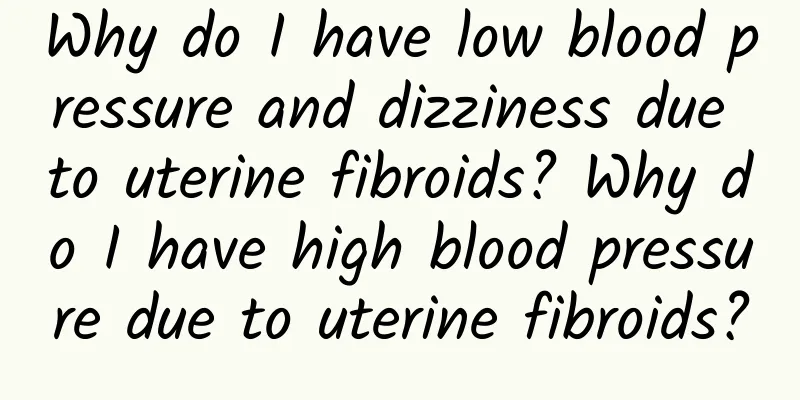Indications for surgical treatment of pelvic inflammatory disease

|
There are many ways to treat pelvic inflammatory disease. In addition to conventional drug treatment, surgical treatment can also be adopted. The surgical indications are as follows. 1. Drug treatment is ineffective If patients with pelvic inflammatory disease develop fallopian tube and ovarian abscesses or pelvic pus, and drug treatment has no effect after 48 to 72 hours, and the body temperature continues to not drop, it means that the patient may have worsening symptoms of poisoning or an enlarged mass. Surgical treatment should be taken immediately to avoid the serious consequence of abscess rupture. 2. Abscess persists Some patients with pelvic inflammatory disease have improved symptoms after drug treatment. After continuing to control the inflammation for 2-3 weeks, if the lump has not disappeared but has a tendency to become localized, surgical resection can also be adopted to avoid the recurrence of acute inflammation or the formation of chronic pelvic inflammatory disease in the future. 3. Abscess rupture If a patient with pelvic inflammatory disease suddenly develops symptoms such as increased abdominal pain and distension, high fever and chills, nausea and vomiting, or is accompanied by symptoms of toxic shock, rupture of the fallopian tube and ovarian abscess should be highly suspected, and laparotomy should be performed immediately for treatment, and antibiotics should be used to assist in anti-inflammatory treatment. Otherwise, if the abscess ruptures and is not diagnosed and treated in time, it will be life-threatening. TIPS: The principle of surgical treatment of pelvic inflammatory disease is to remove the lesion. If the patient is young, the ovarian function should be preserved as much as possible, and conservative surgery should be used. If the patient is older and both sides of the adnexa are affected and the abscess occurs repeatedly, total hysterectomy or bilateral adnexectomy should be used for treatment. |
<<: Long-term use of drugs can cause irregular menstruation
>>: Imbalanced pH in the body can easily lead to vaginitis
Recommend
Testing for bacterial vaginosis varies by type
Bacterial vaginosis is a common gynecological inf...
Common clinical symptoms of cervicitis
The incidence of cervicitis is still very high in...
Good habits can effectively prevent the occurrence of cervicitis
Nowadays, cervicitis can occur in women of all ag...
How to cure Bartholinitis
When Bartholinitis attacks acutely, we must pay a...
How to use medicine for acute pelvic inflammatory disease
How to use medicine for acute pelvic inflammatory...
Why do I need a hysterectomy for adenomyosis?
For patients with adenomyosis, if the condition i...
What to eat to help your body recover after miscarriage
After a miscarriage, the body is weak and needs t...
Foods that can be used by people suffering from insomnia caused by irregular menstruation
Menstrual irregularity is a common disease among ...
What should patients with threatened abortion pay attention to in self-care?
What self-care should patients with threatened ab...
Why do women get cervicitis?
Why do women get cervicitis? Experts in our hospi...
Treatment of Dysfunctional Uterine Bleeding Requires Treatment of Both Symptoms and Root Causes
Functional uterine bleeding, referred to as DUB, ...
An ugly complexion may indicate gynecological disease
It is women's nature to love beauty, but a ha...
Simple and effective treatment for pelvic peritonitis
The principle of treatment is to actively elimina...
Precautions for miscarriage in three months of pregnancy
Pregnancy is a very important thing for women. We...
Can women with cervicitis swim?
Cervicitis is a common disease among women, mostl...









